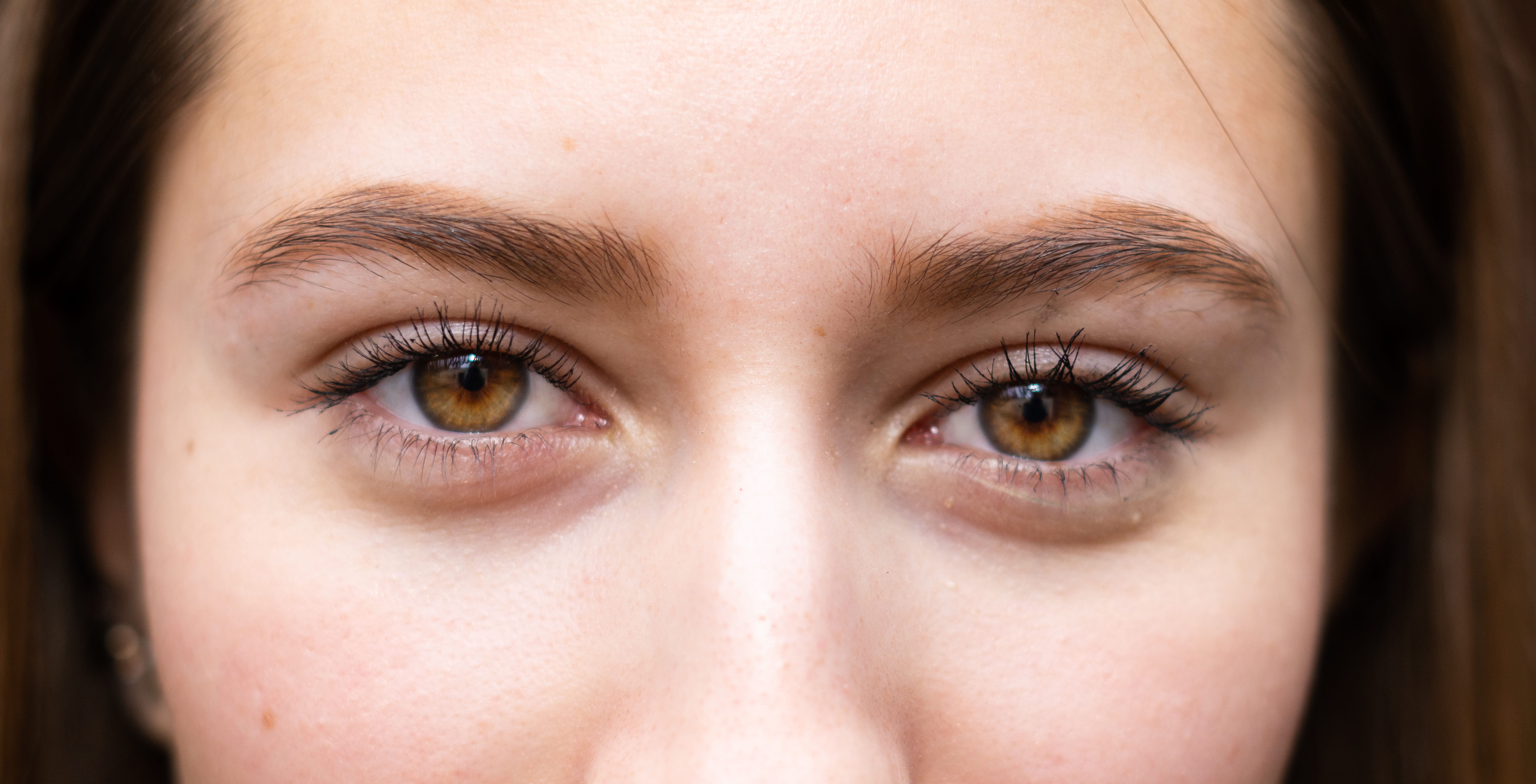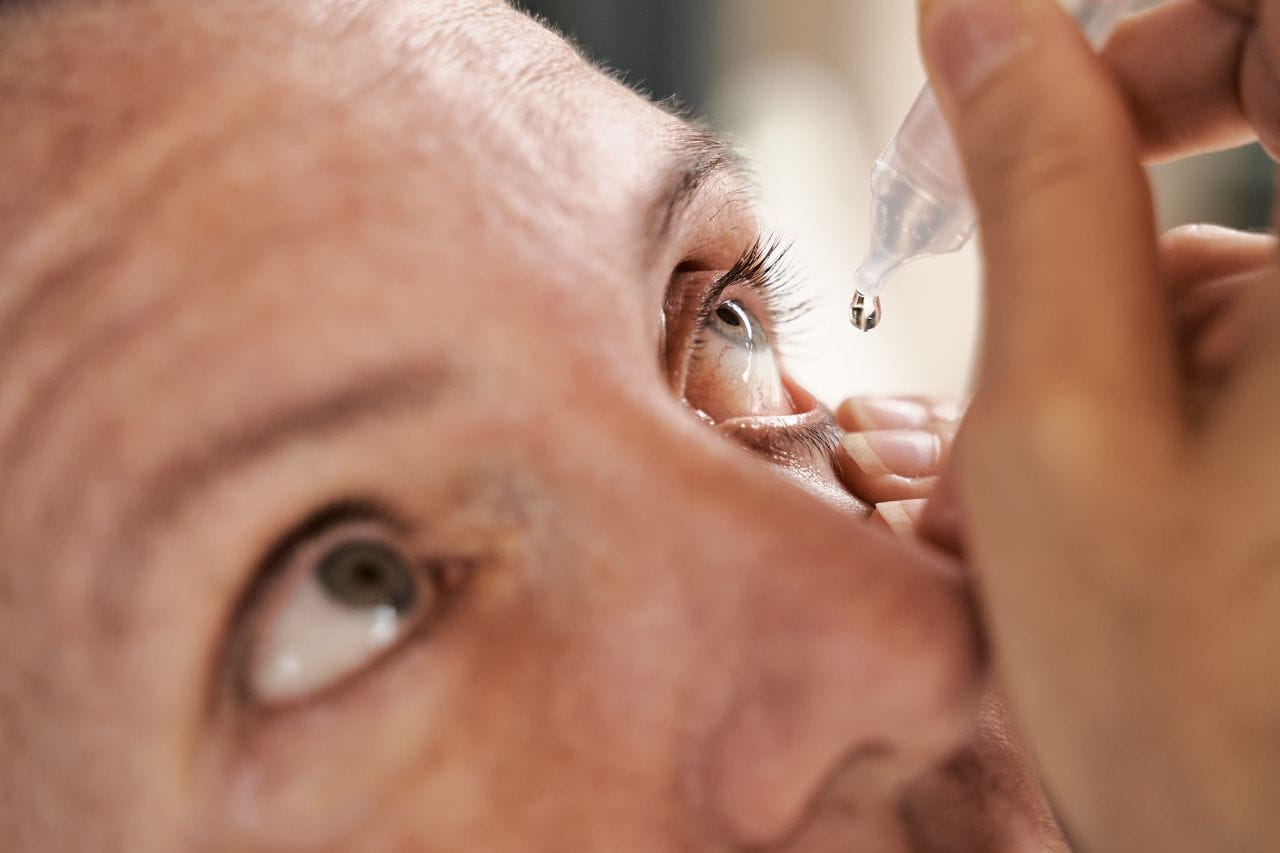Common Eye Problems

The eyes are complex organs that, along with structures like the eyelids, tear ducts, and others, are subject to many diseases and conditions. Some are minor and resolve on their own. Others can cause temporary or permanent vision loss.
Consequently, it’s helpful to know about common eye problems. It’s also vital to see your primary care doctor or eye care professional regularly so they can spot issues early and prescribe treatments to address them, so they don’t threaten your vision.
4 Leading Causes of Vision Loss or Blindness
The four most common eye problems that lead to vision loss or blindness are:
- Cataracts
- Diabetic retinopathy
- Glaucoma
- Age-related macular degeneration
Cataracts
Cataracts are cloudy areas that develop in the eye’s lens. They can occur in one or both eyes and are the leading cause of blindness worldwide. People can develop cataracts at any age. They may even be present at birth. However, they’re most common in people who are 50 or older.
Symptoms include:
- Blurred vision
- Difficulty seeing at night
- Bright-light sensitivity
- Glare or halo around lights at night
- Changes in color vision
- Bright light required for reading
- Frequent changes to an eyeglass prescription
Doctors treat cataracts with surgery to replace the cloudy lens with an artificial one. The procedure is highly successful, with over 90% of people experiencing better vision.
Diabetic retinopathy
The retina is light-sensitive eye tissue. Progressive damage to blood vessels in the retina due to uncontrolled diabetes causes diabetic retinopathy. Often, there’s no vision loss until the condition is severe. However, vision problems may be intermittent.
Diabetic retinopathy symptoms include:
- Distorted or blurred vision
- Reduced night vision
- Seeing colors as faded or color blindness
- Streaks or dark spots in the field of vision
- Trouble seeing objects from a distance or reading
Doctors treat diabetic retinopathy with medication and surgery that repairs or shrinks retinal blood vessels.
Glaucoma
Glaucoma is caused by excessive fluid pressure in the eye that damages the optic nerve. This damage affects the transmission of visual information to the brain and can cause blindness in one or both eyes.
Glaucoma often runs in families, and there are two types. Open-angle glaucoma develops gradually and may not cause symptoms until the disease is severe. Closed-angle glaucoma happens suddenly and causes rapid vision loss.
Glaucoma symptoms include:
- Eye pain or pressure
- Headaches
- Red eyes
- Rainbow-colored halos around lights
- Low vision, blurred vision, blind spots, or tunnel vision
- Nausea and vomiting
Doctors use treatments like prescription eye drops or laser therapy to reduce pressure in the eye. They also perform surgery if needed.
Age-related macular degeneration
The macula is the center area of the retina, which helps you see fine details. Macular degeneration damages this area and is the leading cause of vision loss in people 60 and over.
There are two types of age-related macular degeneration (AMD): wet and dry. Wet AMD results from abnormal blood vessels that develop under the macula and later leak fluid and blood, damaging the macula. Thinning of the macula causes dry AMD and the gradual blurring of vision.
Symptoms of AMD include:
- Dark spots in the center of your field of vision
- Blurred central vision
- Seeing straight lines as curved or wavy
There is no cure for AMD, but treatments, like medication injections, can slow disease progression and prevent profound vision loss.
Other Eye Problems
Though less common than the conditions listed above, there are several other eye problems that doctors diagnose and treat.
- Retinal detachment is when the retina pulls away from the tissue to which it’s connected.
- Amblyopia and strabismus are conditions commonly seen in children that affect coordination between the eyes and the brain and cause the eyes to move abnormally.
- Conjunctivitis, or “pink eye,” inflames the clear tissue lining the inside of the eyelids and the outer coating of the eyes.
- Floaters are typically harmless clumps of jelly-like material that develop in the eye and can move into and out of your field of vision.
- Refractive eye conditions cause focus issues due to light being bent incorrectly as it passes through the cornea and lens.
- Presbyopia is caused by the natural loss of lens flexibility with age and makes it difficult to focus over a range of vision.
- Dry eye occurs when the quantity or quality of tears is low.
- Eye tearing is a condition in which the tear glands make more tears than can drain from the eyes normally.
These issues can be addressed with one or more treatments, including eyeglasses or contacts, medication, laser treatments, and surgery.
Contact Your Doctor or Visit a Baptist Health Urgent Care Center
If you notice minor changes in your vision and have questions or concerns, your primary care physician can answer them or refer you to an eye specialist. If you experience sudden vision loss, you should go to a Baptist Health urgent care center or call 911 if you can’t travel.



